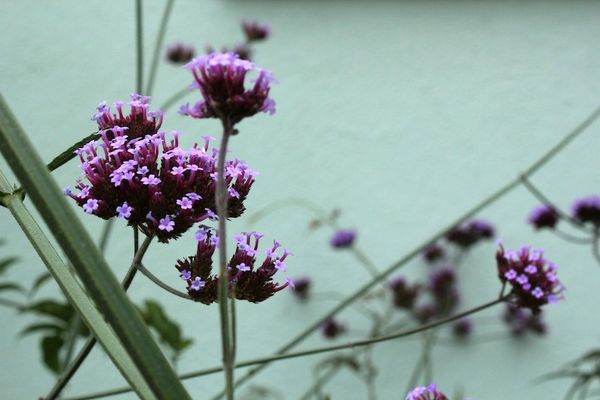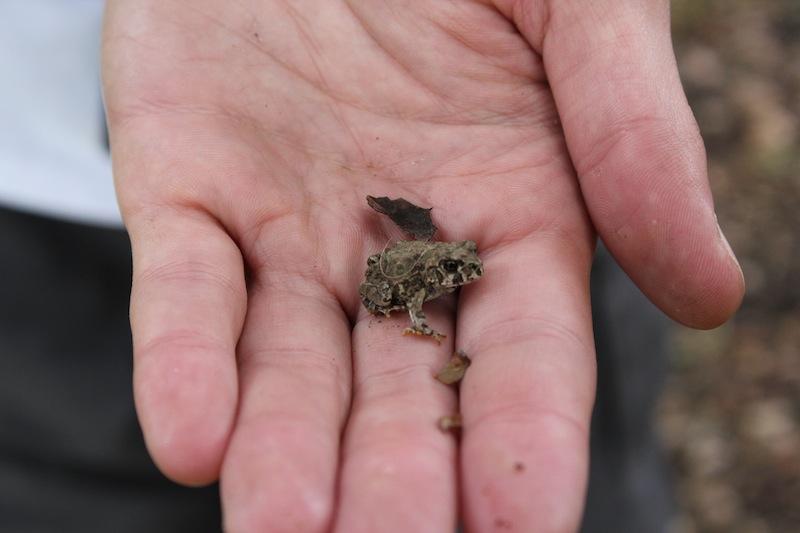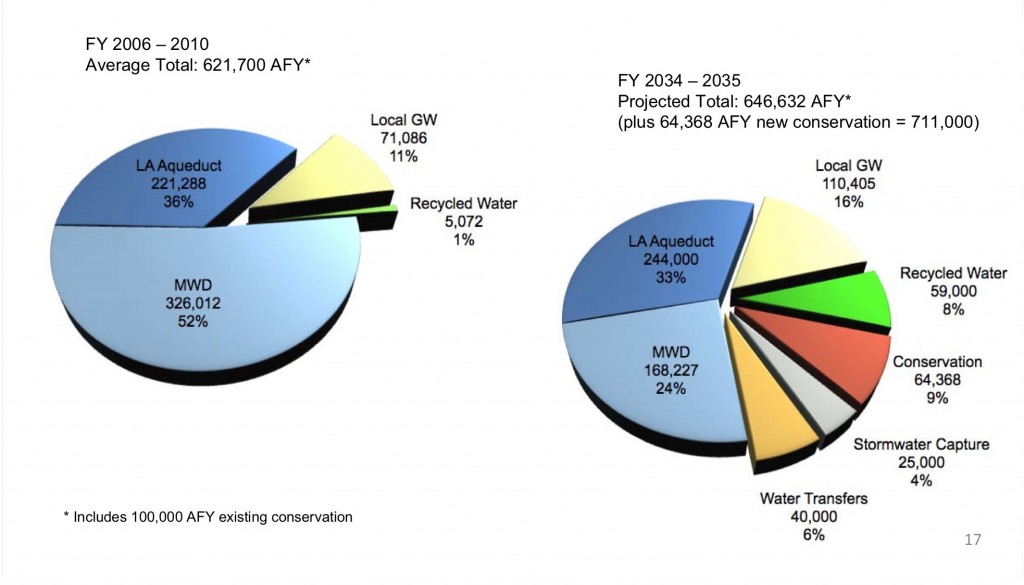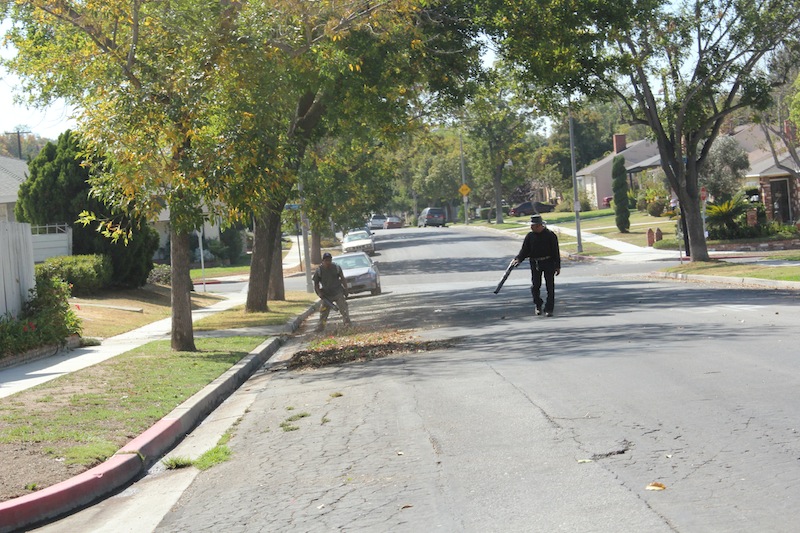The Dry Garden: Blown away
Posted on | July 1, 2011 | 7 Comments
What would you do if a neighbor came to you and asked, “For 20 minutes every week, may I turn on your vacuum cleaner, smoke detector and garbage disposal and run them all at once?”
Holding that thought, consider if the neighbor added, “Ah, may I also blow noxious dust your way for those same 20 minutes?”
Imagine that not just one neighbor on the street asked it, but eight. Imagine that each one just wanted their 20 minutes to blare noise and blow dust. It would be sometime between 7 a.m. and 9 p.m. Add up the minutes and they would equal about six straight days of noise a year. The dust would stay suspended longer, an element of smog.
Given the choice, most people would say “no” in terms unrepeatable here, so most Angelenos don’t ask for permission. They just blast noise and blow dust at their neighbors. They call it gardening.
Click here to keep reading about, you guessed it, leaf blowers, in this week’s Dry Garden in the Los Angeles Times.
The Dry Garden: Master gardener
Posted on | June 24, 2011 | No Comments

Color is everywhere. Fruit is all around. But the most persistent sensation to be experienced in Yvonne Savio’s garden is softness. The soil is so springy, so voluptuous that you could fall into it and come up laughing — provided that you fell into the terraced half-acre slope and not off of it, in which case you might land on the roof of the house that Savio’s father built in 1950.
Click here to keep reading about the garden of the woman behind LA’s Master Gardener program in this week’s Dry Garden in the LA Times.
The Dry Garden: Seeing a park about a toad
Posted on | June 17, 2011 | No Comments
 It’s raining this morning in Altadena, California. Emily Green, that would be me, is on vacation and will be back next week columnizing about how to garden in dry conditions when it’s not so conspicuously wet. In the meantime, read Louis Sahagun’s piece in the Los Angeles Times about how Forest Lawn Cemetery wants to fell 835 oak, sycamore and walnut trees to make way for new paying customers, aka dead people. Then opt for woodland burial or cremation. Or check out Jeff Spurrier’s series on community gardens in the Home Section. Later today, the Home Section blog will include a photo essay by staff photographer Anne Cusack on the sprawling hillside cactus garden of UCLA plant physiologist Park Nobel. No morning is complete in this house without checking Aquafornia, the newsfeed of the Water Education Foundation. This being a vacation, however, even that pleasure may be supplanted by going toad-spotting in the foothills. Here’s what looks like a little California toad spotted by John Garrett earlier this week at Hahamonga Watershed Park in Pasadena. The Dry Garden will be back next Friday.
It’s raining this morning in Altadena, California. Emily Green, that would be me, is on vacation and will be back next week columnizing about how to garden in dry conditions when it’s not so conspicuously wet. In the meantime, read Louis Sahagun’s piece in the Los Angeles Times about how Forest Lawn Cemetery wants to fell 835 oak, sycamore and walnut trees to make way for new paying customers, aka dead people. Then opt for woodland burial or cremation. Or check out Jeff Spurrier’s series on community gardens in the Home Section. Later today, the Home Section blog will include a photo essay by staff photographer Anne Cusack on the sprawling hillside cactus garden of UCLA plant physiologist Park Nobel. No morning is complete in this house without checking Aquafornia, the newsfeed of the Water Education Foundation. This being a vacation, however, even that pleasure may be supplanted by going toad-spotting in the foothills. Here’s what looks like a little California toad spotted by John Garrett earlier this week at Hahamonga Watershed Park in Pasadena. The Dry Garden will be back next Friday.
Advocating for the future
Posted on | June 13, 2011 | No Comments

Denied the full rate hike that it sought from an irate city council last year, the Los Angeles Department of Water & Power acceded to pressure to create a position for a “rate payer advocate.” The fear among conservationists was that the council and advocate would then thwart future rate hikes needed to replace leaking pipes, for conservation and a shift to alternative energy. One and a half general managers later (one was interim), the LADWP is now staging public workshops to explain to the public why it needs to invest now for water and power security later. The graphic above comes from a PowerPoint that accompanies the DWP meeting schedule. The first meeting, in Van Nuys, is scheduled for this Wednesday from 6.30-9pm at the Marvin Braude Constituent Center. Click here for background and here for the full workshop schedule.
UPDATE 6/15/11: The Los Angeles Times reports today that the utility is characterizing conservation and aggressive pipe repair as a “choice” but that LA City Council member Jan Perry plans on slowing down any rate hikes until the rate payer advocate position is filled, which could take months.
“The basic rate hikes proposed Tuesday would mean the average residential customer’s electricity bill would increase by about $4 each year, for three years,” reports the Times. “The water bill would increase by more than $2 each year. Some revenue from those hikes would pay for mandated shifts to renewable energy. But they would not cover $37 million in outlays needed to upgrade water pipelines or $16 million needed to enhance water conservation programs. They also would not cover $366 million in improvements and conservation projects in the agency’s electricity service, [General Manager Ron] Nichols said.”
Tags: chance of rain > Emily Green > Los Angeles Department of Water and Power > rates
The Dry Garden: Park plans for LA
Posted on | June 10, 2011 | 2 Comments
We were warned. In 1930, in “Parks, Playgrounds and Beaches for the Los Angeles Region,” the Olmsted brothers and Harland Bartholomew urged the Los Angeles Chamber of Commerce to set aside land and funds to create 70,000 acres of parkland running from the mountains to the Pacific. Considerable lengths of the “pleasureways” would trace natural rivers where parkland could double as flood control boundaries.
“Study has unearthed no factor which indicates that the people of this Region will be permanently satisfied with lower standards than those of other great communities,” they wrote, “and many that point toward the expediency of higher standards. The big question is whether the people are socially and politically so slow, in comparison with the amazing rapidity of urban growth here, that they will dumbly let the procession go by and pay a heavy penalty in later years for their slowness and timidity.”
Unafraid to appear socially and politically slow, never mind dumb, the Los Angeles Chamber of Commerce ignored the fathers of landscape architecture and urban planning. Preserving open space didn’t compute in a region whose business model was growth.
Eight decades later, at 6.2 acres of park per thousand residents, the city of Los Angeles ranked in the bottom third for urban park capacity among densely populated cities in a 2010 Trust for Public Land survey.
Still, Angelenos dream green. The exhibit “New Park Design in Los Angeles,” which opened last week at the Los Angeles Forum for Architecture and Urban Design, is the work of landscape architect Stephen Billings.
To keep reading this week’s Dry Garden column on new park design in Los Angeles, click here.
Tags: chance of rain > Emily Green > Los Angeles Park design > Los Angeles Times




